Stack Emission Monitoring
28 people are viewing this right now
10 products sold in last 10 hours
Selling fast! Over 17 people have this in their carts
- Estimated Delivery : Up to 4 business days
- Free Shipping & Returns : On all orders over $200
Stack Emission Monitoring
Ensuring Environmental Compliance and Air Quality
Stack emission monitoring is a critical process for industries to measure and control pollutants released into the atmosphere. It ensures compliance with environmental regulations and helps in reducing the impact of industrial activities on air quality. Our advanced monitoring solutions provide real-time data on various emission parameters, enabling businesses to take proactive measures for sustainability.
Key Parameters Monitored
Gaseous Emissions
- Carbon Monoxide (CO): A colorless, odorless gas resulting from incomplete combustion.
- Nitrogen Oxide (NO) & Nitrogen Dioxide (NO2): Major contributors to acid rain and smog formation.
- Oxides of Nitrogen (NOx): A combination of nitrogen oxides that affect respiratory health and the environment.
- Sulphur Dioxide (SO2): A key pollutant causing acid rain and respiratory issues.
- Oxygen (O2): Important for combustion efficiency and emissions control.
- Carbon Dioxide (CO2): A primary greenhouse gas contributing to climate change.
- Hydrogen Chloride (HCl): A corrosive gas affecting human health and the environment.
- Hydrogen Fluoride (HF): Harmful to both human health and vegetation.
Physical Parameters
- Stack Temperature: Indicates combustion efficiency and helps in pollutant dispersion analysis.
- Stack Velocity & Flow: Essential for determining emission rates and dispersion patterns.
Particulate and Hydrocarbon Emissions
- Hydrocarbons (CxHx): Includes volatile organic compounds contributing to smog formation.
- Total Suspended Particulate (TSP): Fine particulate matter impacting air quality and human health.
- Metal Oxides (Aluminium, Chromium, etc.): Potentially toxic emissions from industrial processes.
- Ammonia (NH3): Can contribute to secondary particulate formation and odor issues.
- Hydrogen Sulfide (H2S): A toxic gas with a characteristic foul odor.
Organic Pollutants & Heavy Metals
- Dioxins and Furans: Persistent organic pollutants with serious health implications.
- Benzene, Toluene, Xylene (BTX): Volatile organic compounds (VOCs) with toxic effects.
- Poly Aromatic Hydrocarbons (PAHs): Carcinogenic compounds formed from incomplete combustion.
- Other Organic Pollutants (PCBs, Chlorobenzene, Chloronaphthalene): Harmful chemicals impacting both health and the ecosystem.
- Heavy Metals: Includes toxic elements such as lead, mercury, cadmium, and arsenic.
- Total Organic Carbon: Represents the total carbon content in organic compounds released into the air.
Why Choose Our Stack Emission Monitoring Solutions?
- Regulatory Compliance: Meet national and international environmental standards effortlessly.
- Real-time Data Collection: Monitor emissions continuously with high-precision analyzers.
- Advanced Reporting & Analysis: Generate insightful reports for regulatory submission and environmental impact assessment.
- Customized Solutions: Tailored monitoring systems to meet specific industry requirements.
- Sustainability & Environmental Responsibility: Reduce emissions and improve air quality with proactive measures.
Industries We Serve
- Power Plants
- Oil & Gas
- Chemical & Petrochemical Industries
- Manufacturing & Processing Industries
- Cement & Steel Plants
- Waste Incineration Facilities
Our cutting-edge stack emission monitoring solutions help industries stay compliant, reduce environmental impact, and contribute to a cleaner, safer future. Get in touch with us today to learn how we can assist in monitoring and controlling your emissions effectively.


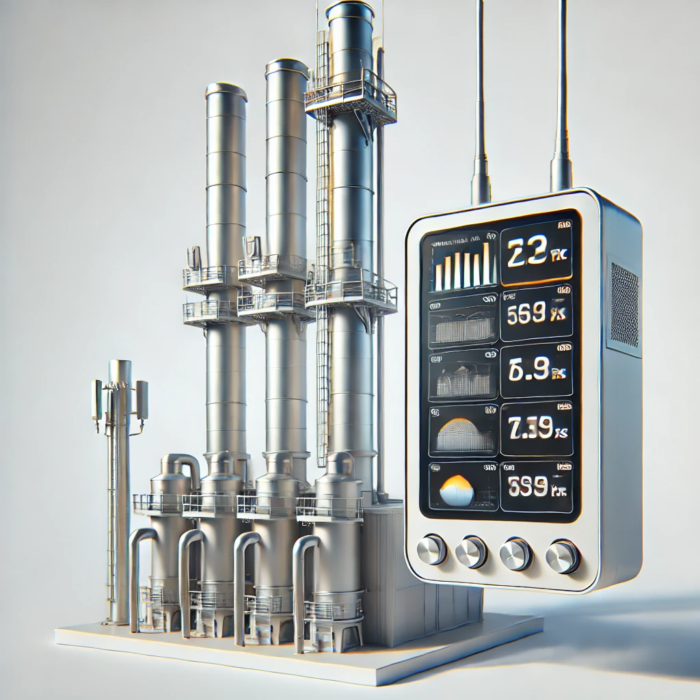
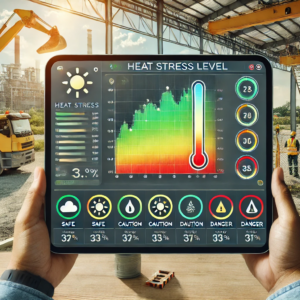
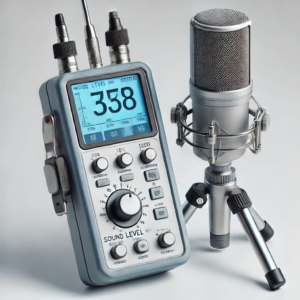
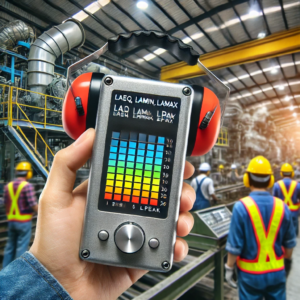

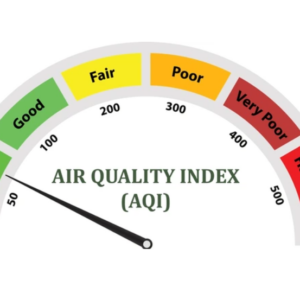





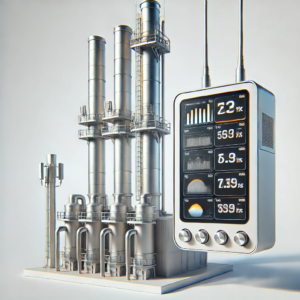
Reviews
There are no reviews yet.